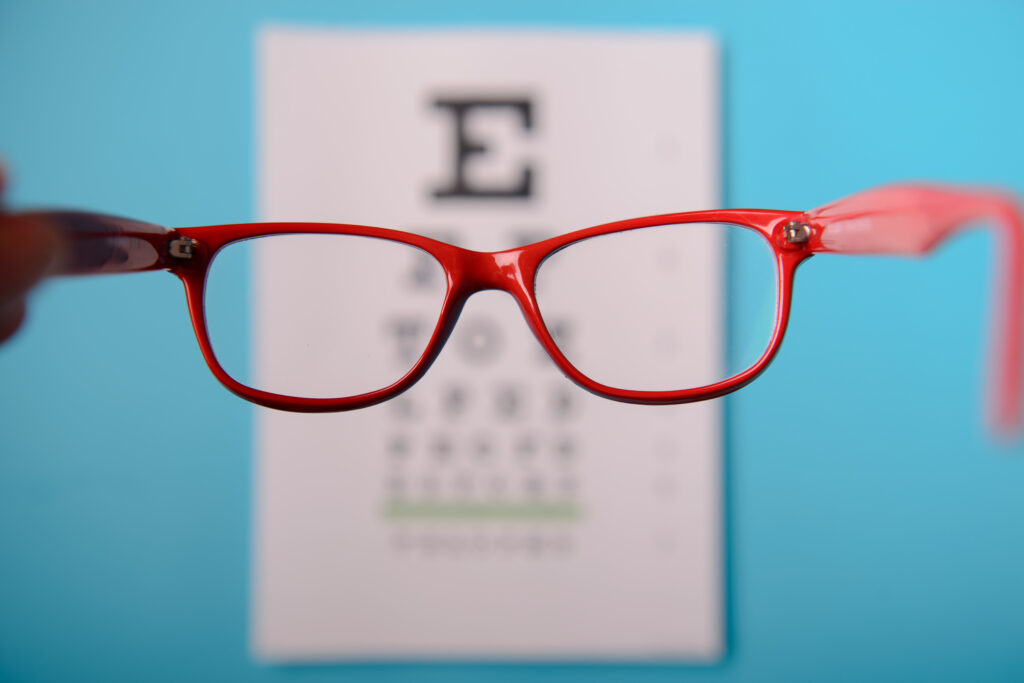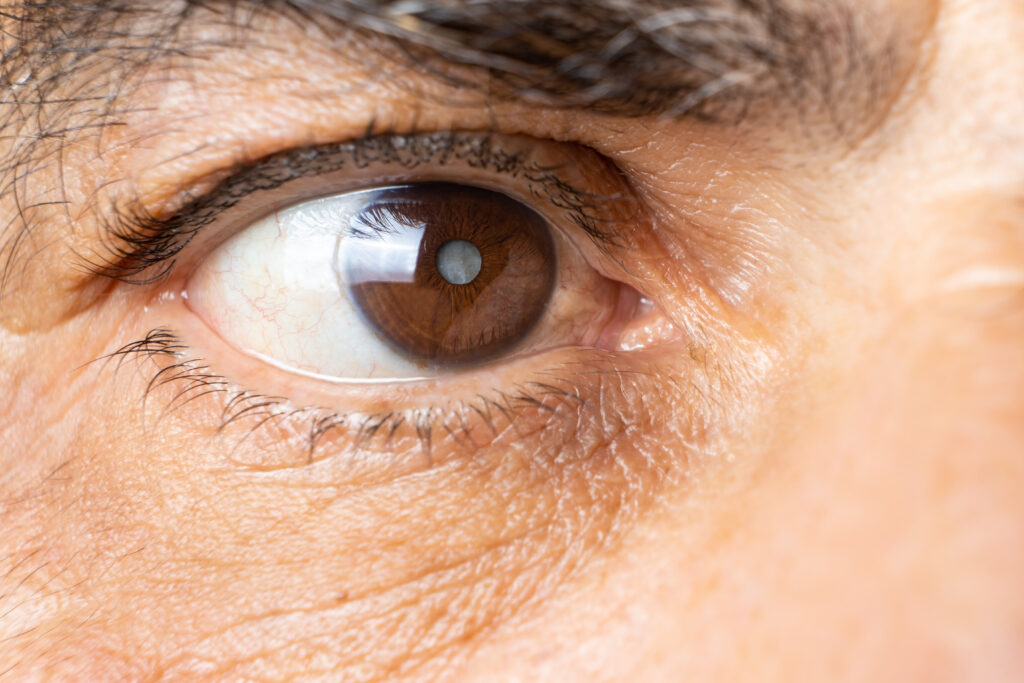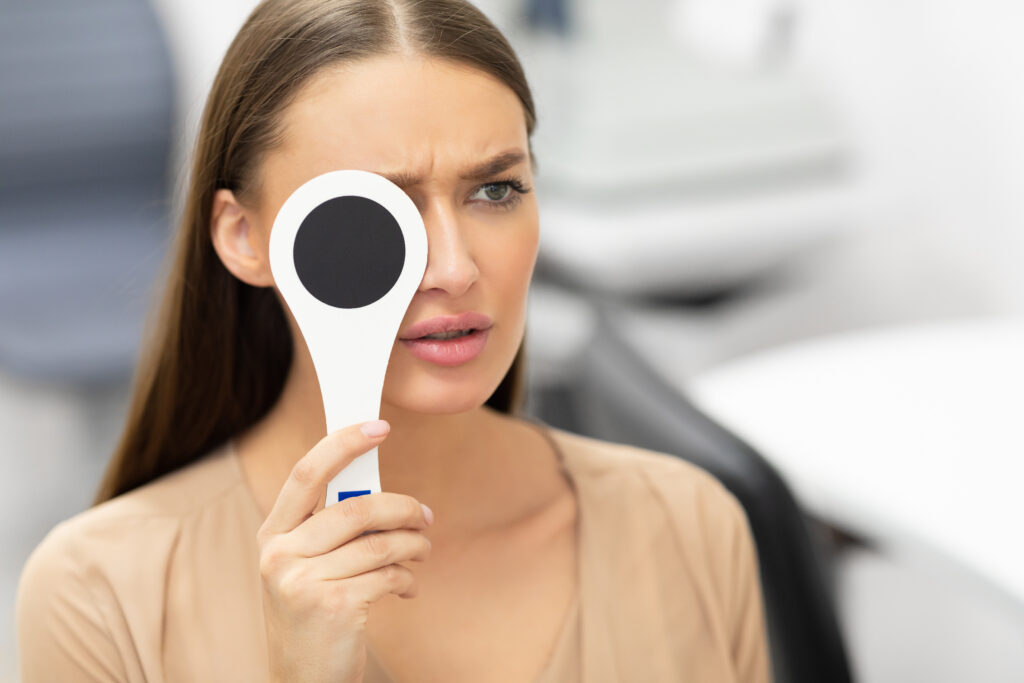Taking care of your eyes is important for maintaining good vision and overall eye health. However, there are many myths and misconceptions surrounding eye care that can lead to confusion and potentially harmful practices.
Optometrist, Lindsey Thomas debunks six common eye care myths to help you better understand how to protect your eyes and maintain optimal eye health.

Myth #1
“Wearing glasses will make your eyes worse.”
This isn’t the case! Your brain wants to see clear images, and wearing glasses often improves the clarity of your vision. You may find if you stop wearing your glasses, things seem blurrier than they did before. This is due to the brain getting used to that clear image, not your vision getting worse. Wearing the correct eyeglasses can also help minimize eye strain.

Myth #2
“Cataracts can grow back.”
Cataracts are a clouding of the natural clear lens inside the eye that occurs as we age. Once they impact the quality of your vision enough, the cataractous lens can be removed by surgery. During this procedure, a clear artificial lens is implanted in the eye replacing the cloudy one that was removed. Since the lens of the eye has been removed, it cannot ‘grow back’. After cataract surgery, 20-50% of people experience what is sometimes called a “secondary cataract.” This is a different process caused by cells collecting together on a thin film of tissue (the posterior capsule) that helps to hold the lens implant in place. In most cases, these cells can be easily taken care of with a laser procedure in the office and does not require a trip to the operating room.

Myth #3
“Color blind people see in black and white.”
Truly color-blind people DO see in shades of gray; however, this is extremely rare. Most “color-blind” people are actually what we call color-deficient. The most common type of color deficiency causes difficulty distinguishing reds and greens and is most common in males.

Myth #4
“I can do eye exercises that will eliminate my need for glasses.”
This is not true. The need for eyeglasses is dependent on many factors. The shape of the front of the eye, the length of the eyeball, developing cataracts, eye diseases, and eye surgeries – are just a few of the things that factor into your need for prescription glasses. Unfortunately, none of these can be altered with eye exercises. Some eye muscle disorders including “convergence insufficiency” can be helped with eye muscle exercises known as vision therapy.

Myth #5
“I could see perfectly until I turned 40, now I can’t see up close! Does this happen to everyone?”
Presbyopia, the loss of the ability of the eye to accommodate and see up close, happens to everyone. It is due to the hardening of the lens inside the eye, and most people notice it sometime in their 40s. This is when you might start reaching for reading glasses or taking your glasses off to see up close if you are nearsighted. Presbyopia cannot be fixed by eye exercises. There are lots of options when it comes to glasses and contact lenses to help you see well at all distances! Your eye doctor can help you decide what option is best for you.

Myth #6
“I don’t need a regular eye exam if I see well.”
There is so much more to an eye examination than just checking for a glasses prescription. At a routine eye examination, the doctor will check for changes in the eye that may not have any symptoms. Glaucoma, macular degeneration, diabetes, brain tumors, strokes, high blood pressure, high cholesterol, cancer, thyroid dysfunction, sexually transmitted diseases, multiple sclerosis, blood disorders, and allergies are just a few of the things that can show up on an eye exam. Some of these diseases cause permanent vision loss that cannot be reversed, and many of them do not cause any symptoms until it is too late. By getting regular eye exams, these things can be caught and treated early to reduce the risk of vision loss.
